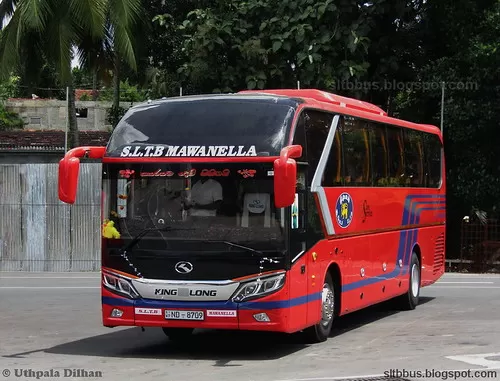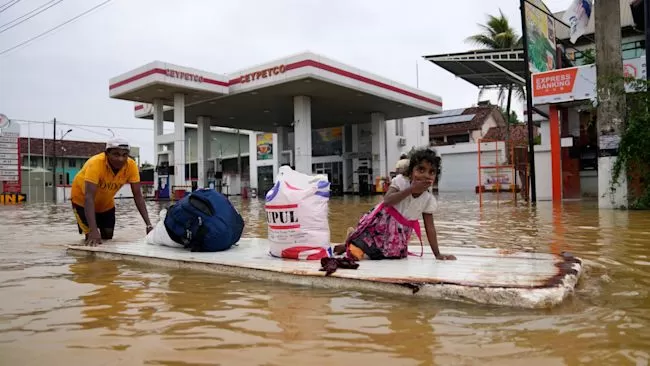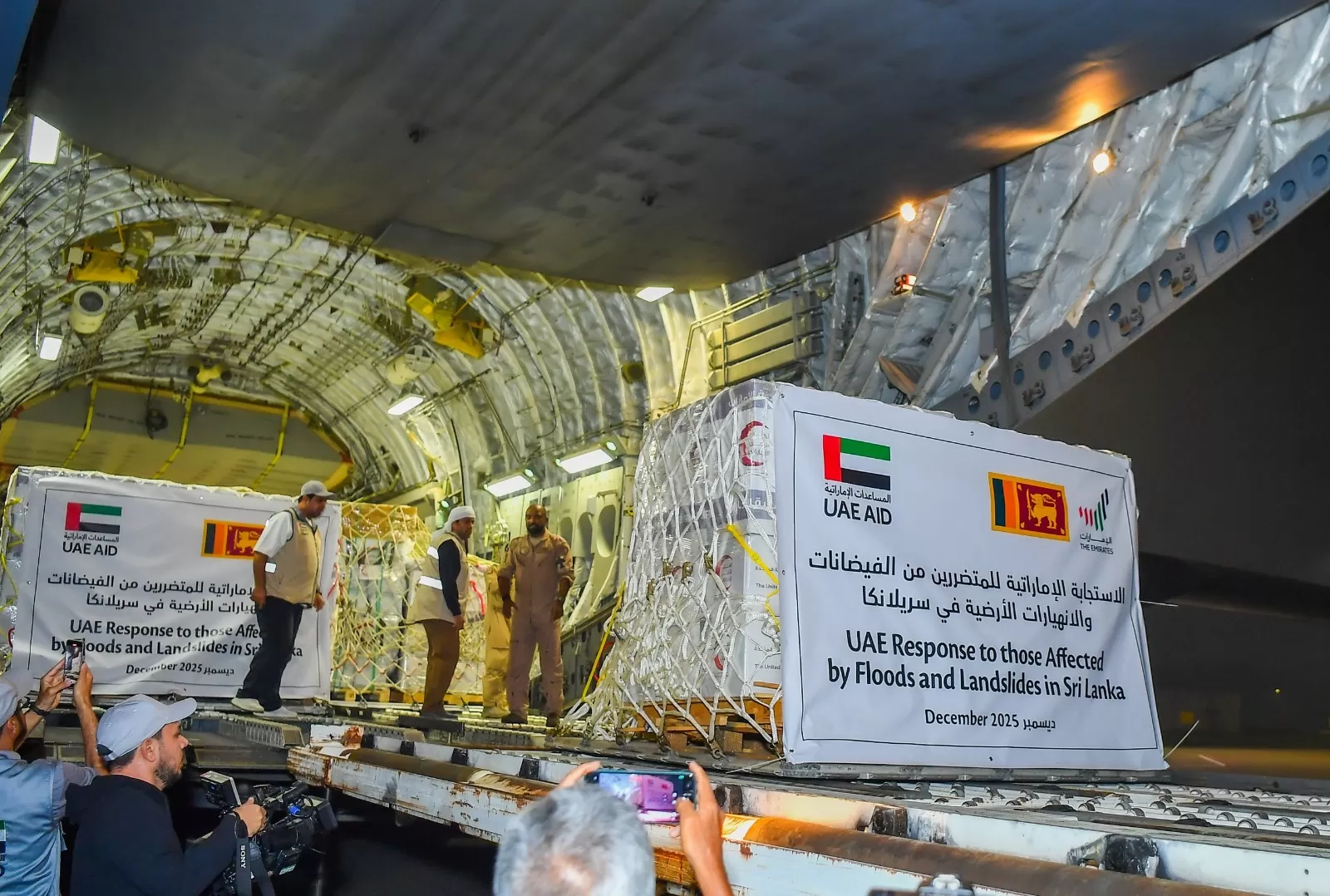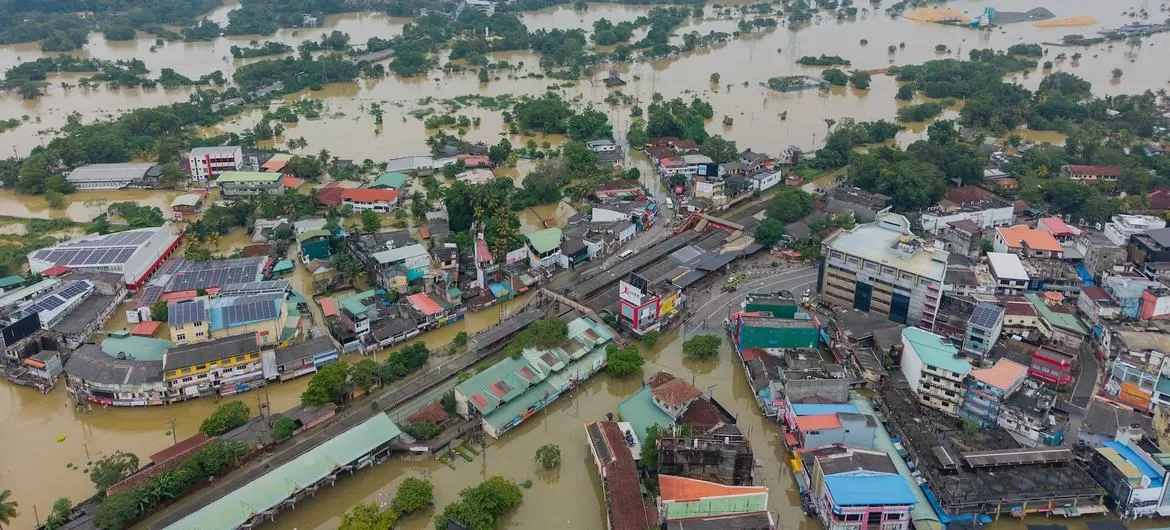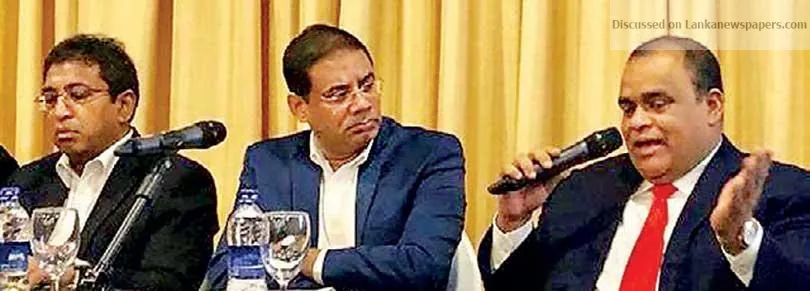
Business
- Says re-evaluation of airfares could attract more European tourists
- Sri Lanka doesn’t have direct flights to any European city except for London
- When UL pulled out from European destinations other airlines increased fares
By Nishel Fernando
Sri Lanka’s tourism industry last week urged the government to re-evaluate the airfare structure, to draw more European tourists to the country as a measure to support the industry during its recovery, in the aftermath of the Easter attacks.
According to a recent study, the airfares from Europe to Sri Lanka are the most expensive, compared with the other key tourist destination in the South and Southeast Asian regions.
“On average, from Colombo to Frankfurt, it costs Rs.190,000. If you want to travel to Bangkok with the same airline, it costs only Rs.163,000, though it’s 1000 km far. Similarly, it costs only Rs.161,000 and Rs.177,000 to Male and Delhi, respectively,” hotelier and AG SEP Research Head Dr. Dietmar Doering said.
He proposed the government to set up a taskforce to look deep into the airfare cost structure, which comprises of the embarkation levy, ground handling charges and landing and parking charges.
“If Sri Lanka tourism can look into that, you can generate a lot of FIT (fully independent travel) tourists into Sri Lanka,” he added.
He made these remarks taking part in a discussion held at Sancharaka Udawa 2019, last Saturday.
Following the Easter Sunday terror attacks, the government, along with the industry stakeholders, has taken an approach to prioritise in boosting tourist arrivals from Indian and Chinese markets initially. However, the industry stakeholders pointed out that European FIT tourist arrivals could be increased if the government brings down the cost
factors of airfares.
One industry figure blamed that the authorities have ignored the FIT tourists while promoting Sri Lanka as a destination for group tourists.
Further, Sri Lanka doesn’t have direct flights to any European city, except for London.
“When we pulled out SriLankan Airlines from Europe, all the other airlines increased their prices. If we want to get the numbers, we want to address these issues as quickly as possible,” an industry representative remarked.
Economic Reforms and Public Distribution Non-Cabinet Minister Dr. Harsha de Silva opined that competition is vital to bring down the airfare costs while noting that there’s hardly any competition in the areas such as ground handling at Bandaranaike
International Airport (BIA).
Currently, SriLankan Airlines maintains a monopoly in ground handling and catering at BIA.
Even though SriLankan Airlines costs Rs.26 billion for state coffers per annum, de Silva said a holistic approach needs to be taken in restructuring the national carrier, considering its role in promoting Sri Lanka tourism.
He pointed out that SriLankan Airlines’ contribution to the economy is much larger than the revenue it earns from airfares by flying tourists to the country. Hence, he had proposed to quantify the full economic contribution of SriLankan Airlines to the economy.
“Let’s quantify that externality and find out a way where the industry collaborates with airlines in order to promote Sri Lanka in these destinations, so that you can benefit in a legitimate manner.
What I have proposed in restructuring the airline is to work with economists at the Central Bank and Treasury to quantify that externality and find a way through a government mechanism to recover that contribution,” he elaborated.
The minister opined that such a mechanism would allow the airlines to reduce their rates.
Further, he expects that it could present an economic case for SriLankan Airlines to resume flights to European destinations, which would benefit the tourism industry.
Nearly two-thirds of the tourism sector stakeholders are optimistic that Sri Lanka’s tourism sector will bounce back within one year, according to the latest survey conducted by the Central Bank.
Following the Easter Sunday terror attacks, the tourist arrivals to the country have declined by around 70 percent year-on-year, in May. Economic Reforms and Public Distribution Non-Cabinet Minister Dr. Harsha de Silva revealed that 30 percent of the respondents of the survey are optimistic that the tourism sector would bounce back within six months, while 33 percent expect the tourism industry to bounce back within six to 12 months.
However, 12 percent of the tourism industry stakeholders anticipate that it would take over one year for the industry to fully recover.
Speaking at a panel discussion during ‘Sancaharaka Udawa’ last Saturday, de Silva asserted that this positive sentiment needs to be converted into actions to fast-track the recovery of the tourism sector.
Vallibel One PLC Chairman and business tycoon Dhammika Perera said that the tourism sector stakeholders should carry out aggressive marketing and
sales initiatives by setting up their own arrival targets for their properties.
Further, he emphasised that the
Sri Lankan authorities and private sector need to cut down on the excessive security measures, which undermine the confidence among the foreigners, as the authorities have given an assurance on the country’s security situation.
“We have to build confidence and the confidence will help everything,” he stressed.
Perera noted that the parking facilities at certain tourist hotspots in Colombo still remain closed down, while some hotels still maintain excessive security barricades, indicating that the country is still not safe.
He advised the industry stakeholders to maintain only the required security measures, which would not scare off the tourists.
Meanwhile, Tourism Advisory Committee Member Dinesh Weerakkody said that the daily tourist arrivals have now increased up to 2,200, after plummeting to 800 arrivals during certain days of May.

